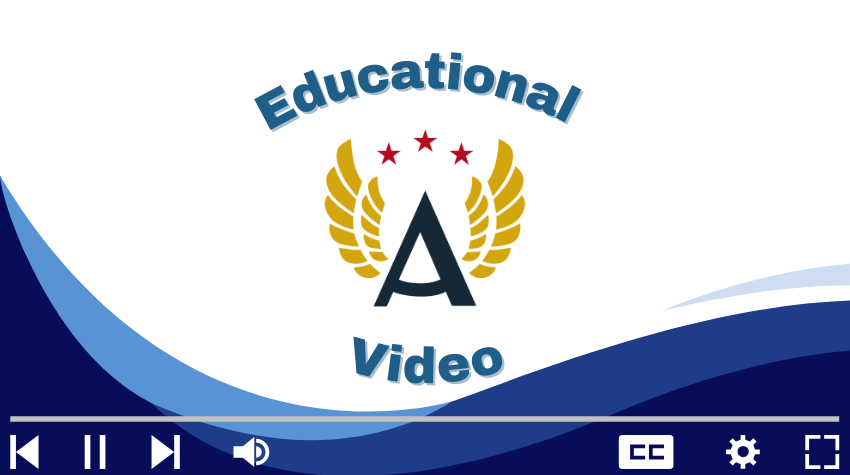Lesson 1: Value of Shakespeare
Lesson 1: Value of Shakespeare

Overview
Key Terms

- Hurlyburly
- Ere
- Heath
- Graymalkin
- Paddock
- Anon
- Direful
- Sooth
- Thane
- Dismal
- Lavish
What You Will Learn

- Learn about William Shakespeare and his plays
- Atmosphere - The general mood, or emotional quality, of a literary work. Playwrights create this primarily through details, such as those of setting, conveyed through dialogue.
Lesson
In this lesson, you'll read about Shakespeare, one of the world's best known playwrights. Take some time to explore all the links on this lesson page.
- Parents: John Shakespeare & Mary Shakespeare (nee Arden).
- Born: Generally accepted as 23 April 1564, as he was baptized 26 April 1564.
- Hometown: Stratford-upon-Avon, Warwickshire, England.
- Wife: Anne Hathaway.
- Children: Susanna, Hamnet & Judith
- Works: 37 plays as least, 154 sonnets, many poems.
- Died: Shakespeare died on 23 April 1616 and was buried at Holy Trinity Church in Stratford-upon-Avon.
Interactive Materials
Use the following interactive materials to further and/or enrich your learning:
Journal Activities
Complete the following in your Course Journal:
- Write definitions for Key Terms
- Explore William Shakespeare's Works
Journal work is required and is worth 10% of the unit project grade. Journal work includes summaries, textbook questions, and vocabulary.
Proceed to Next Page
Lesson 1: Value of Shakespeare
Lesson Review
Prepare for Application

Respond to the following in your Course Journal:
- What is one fact about Shakespeare life that you did not know before?
- List at least three of Shakespeare's works.
- What was the name of his theatre and what made it's architectural design unique?

